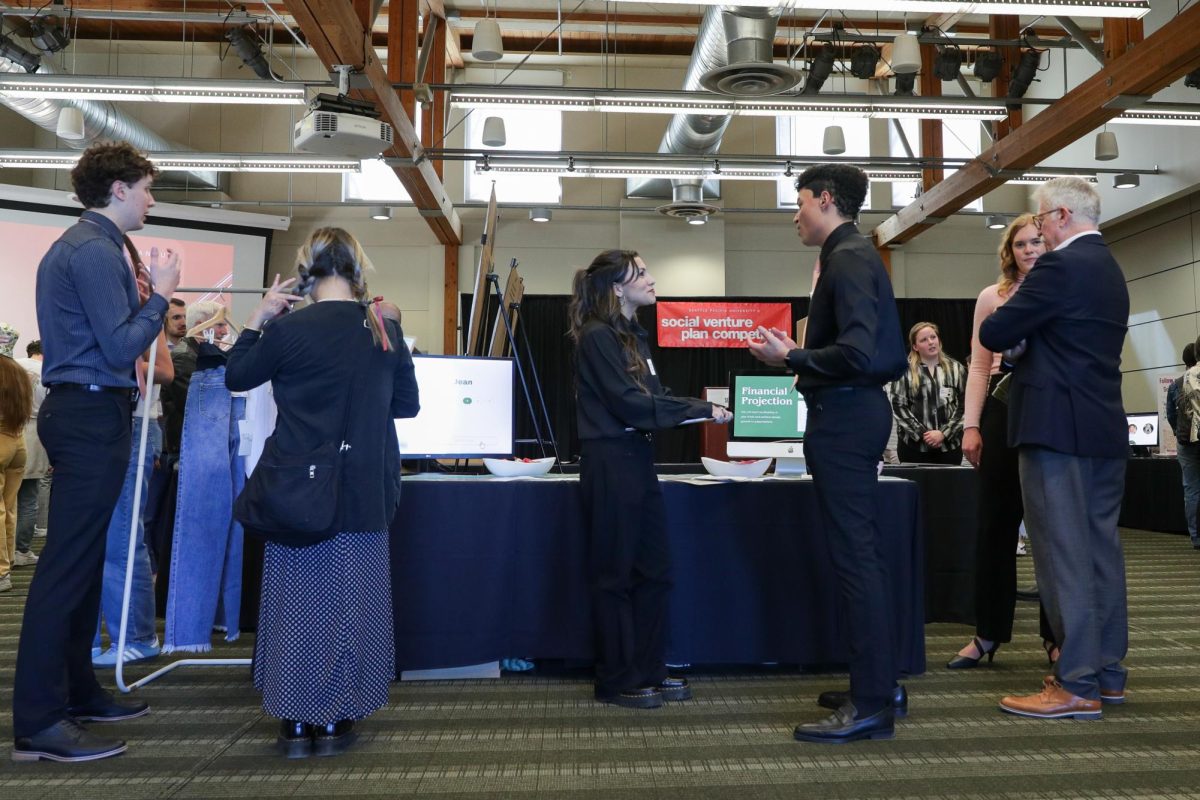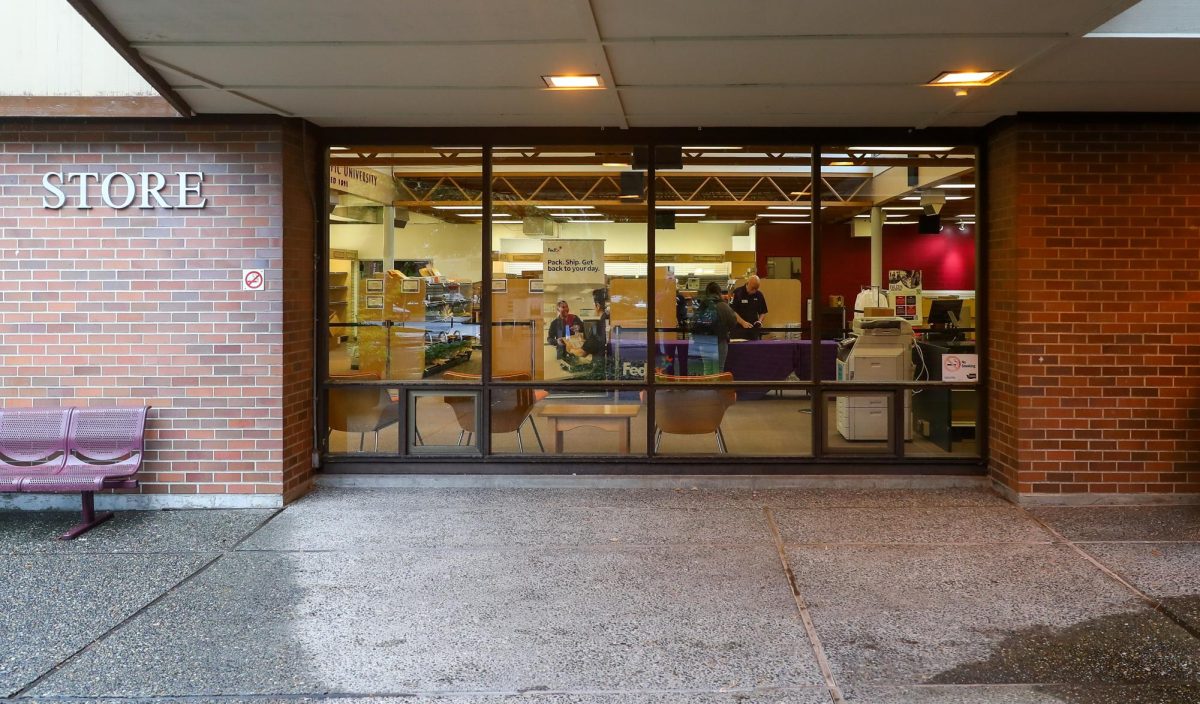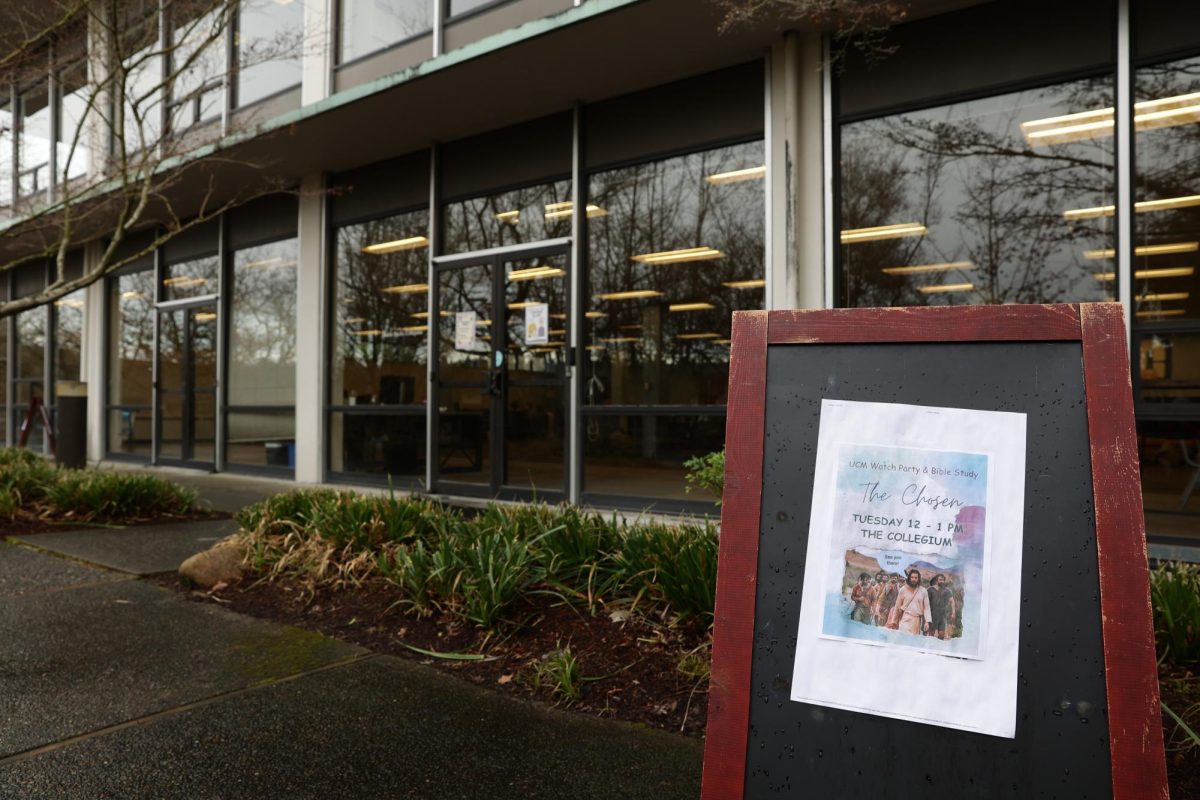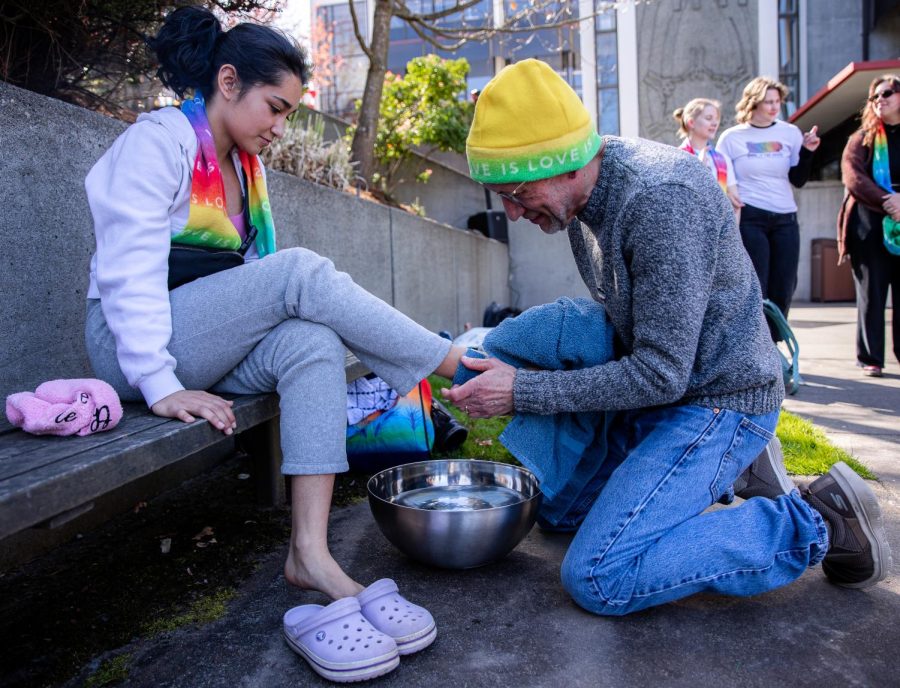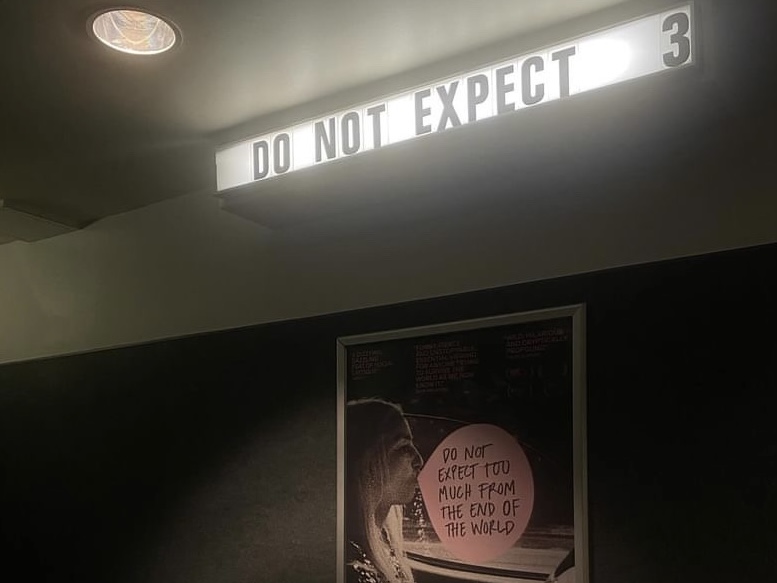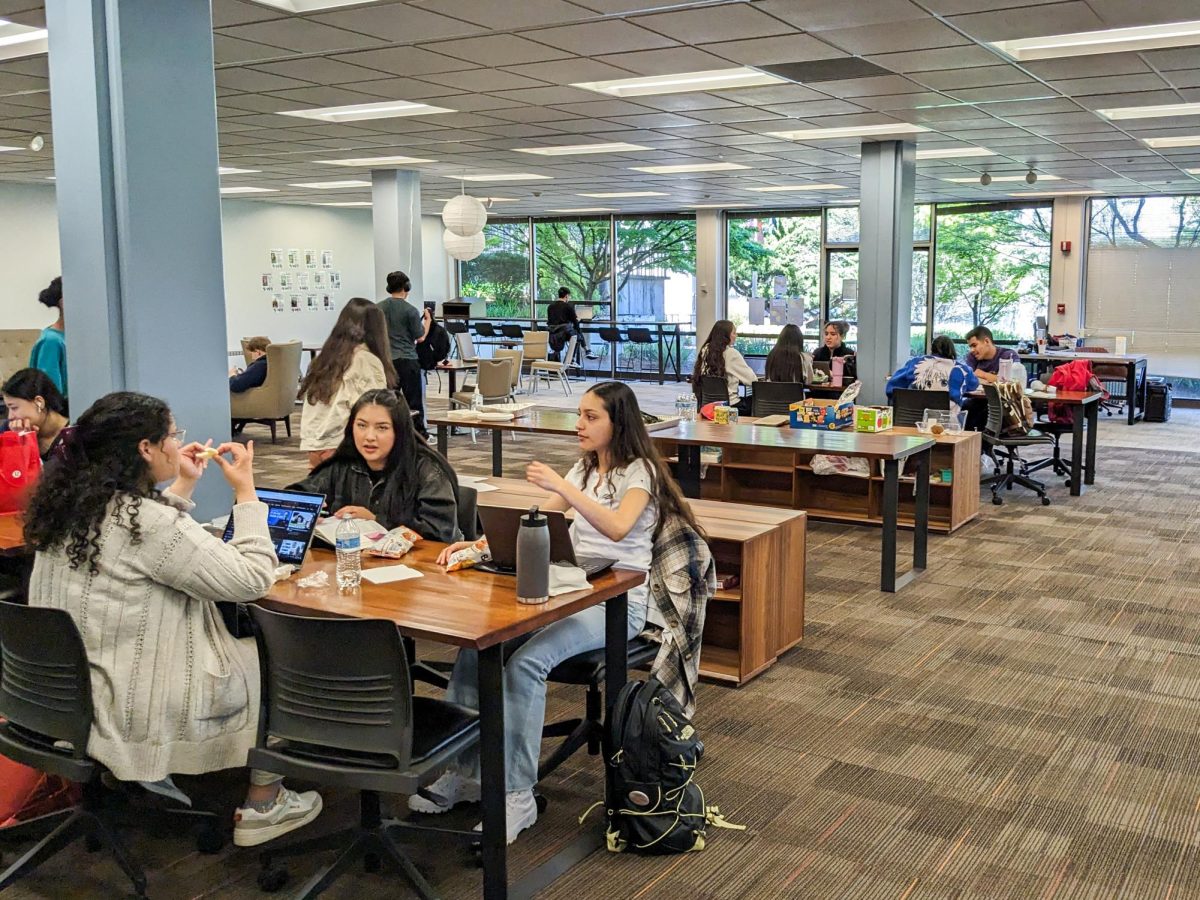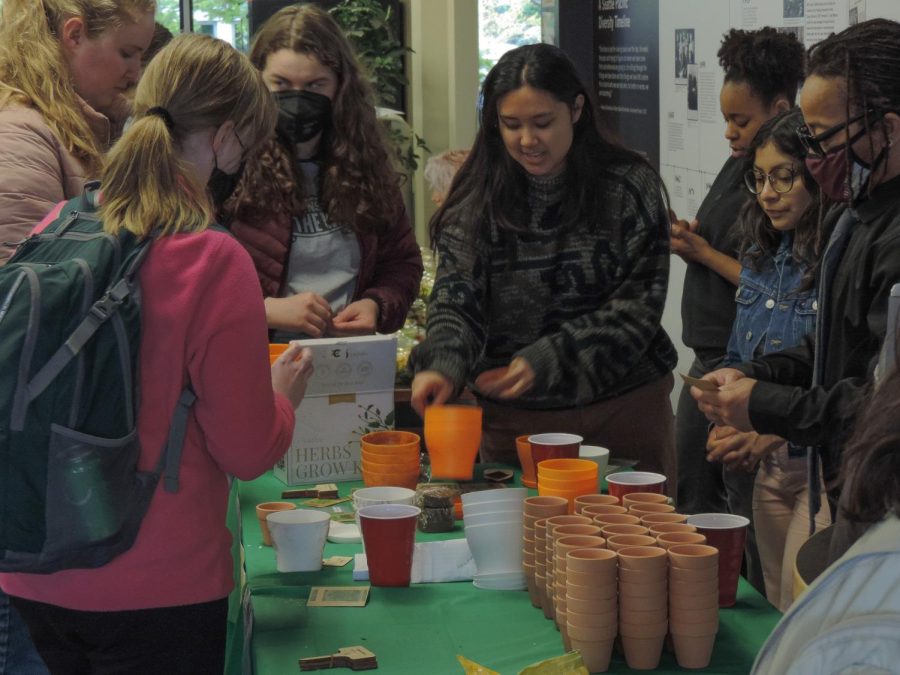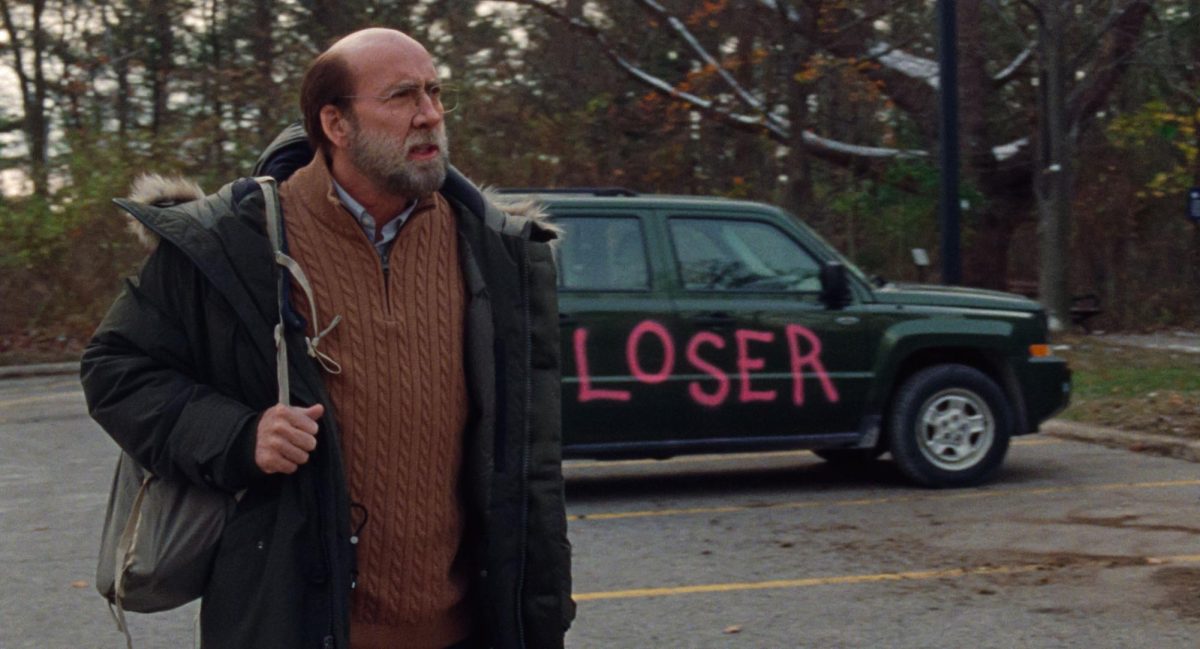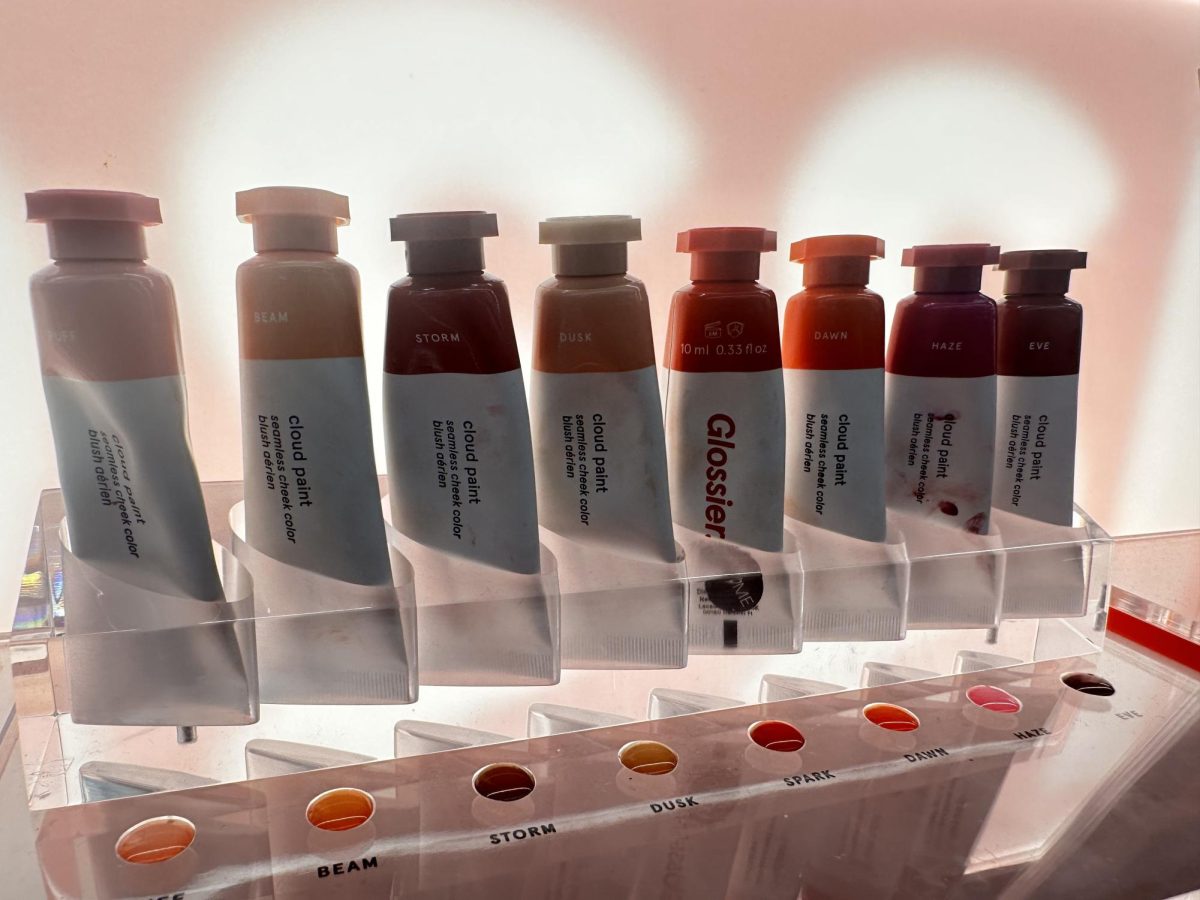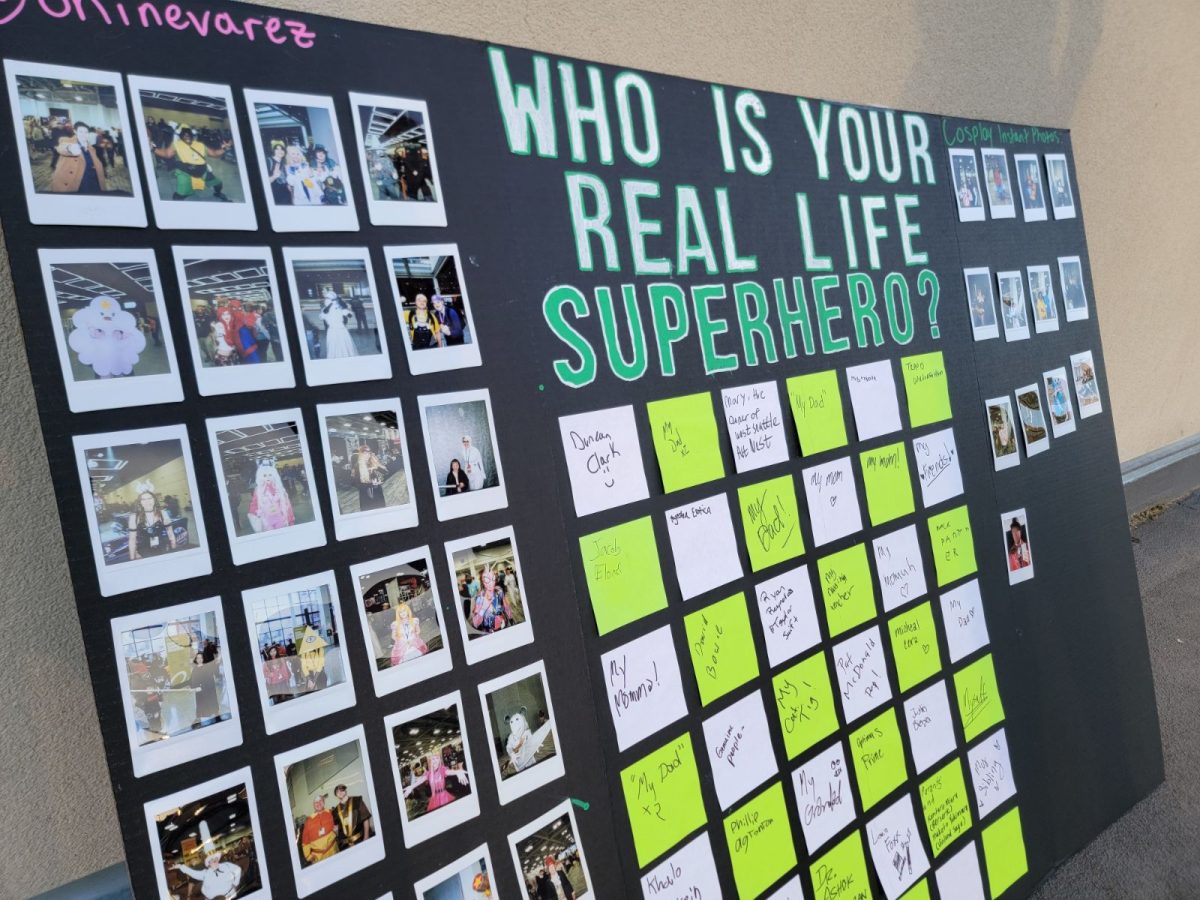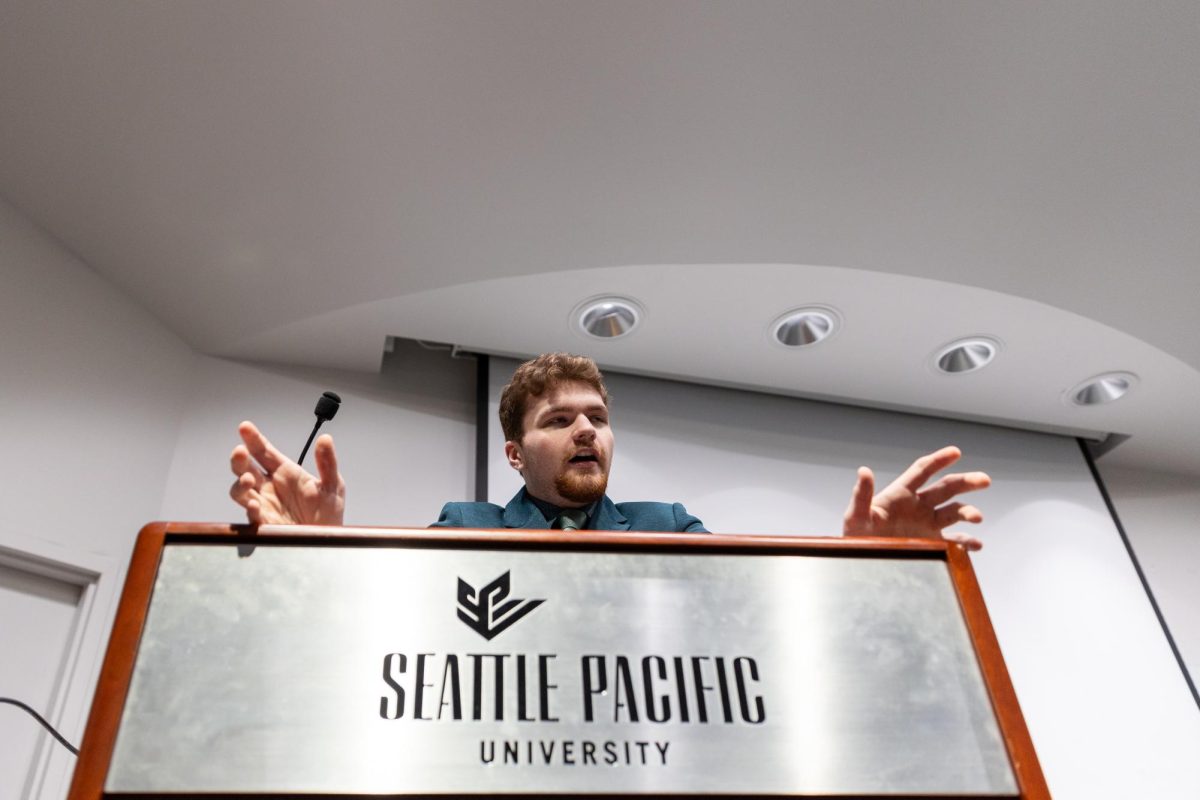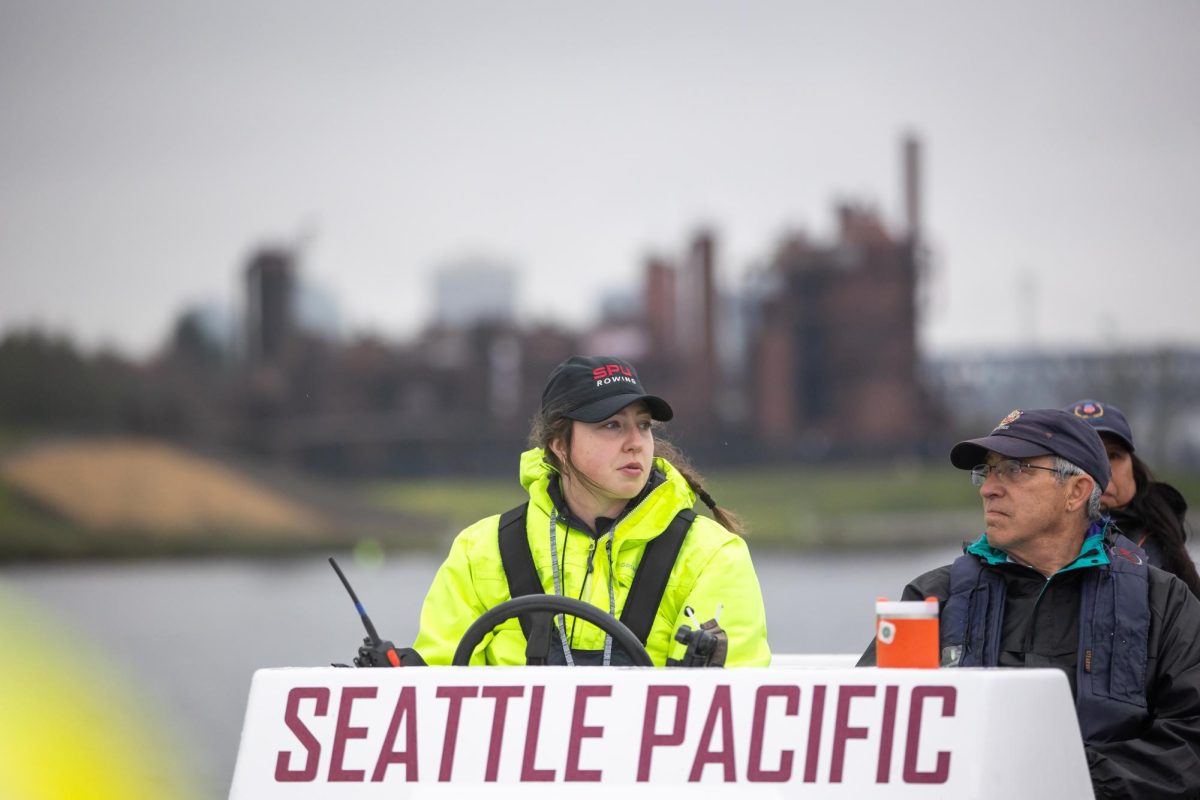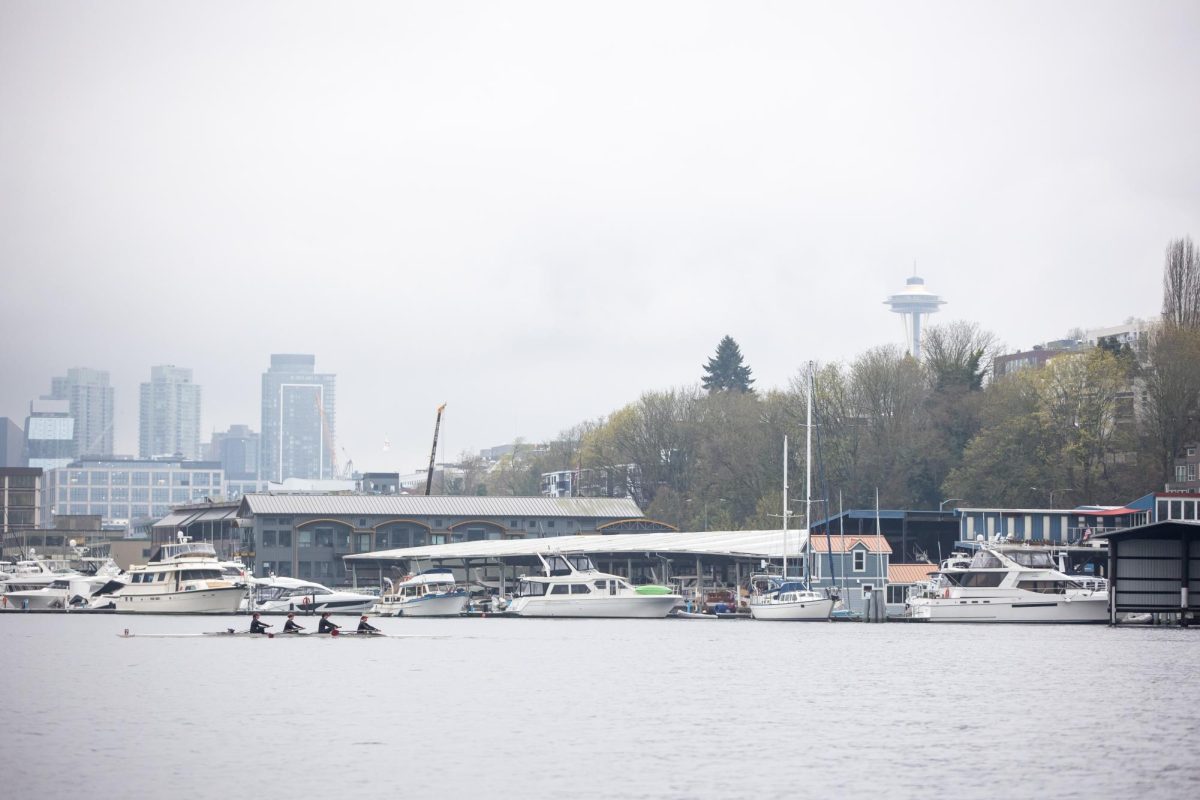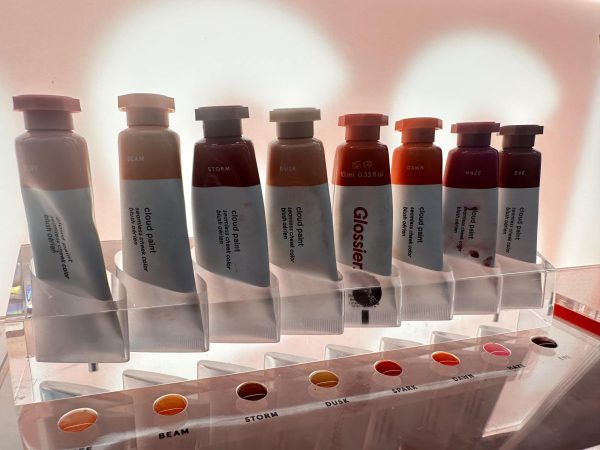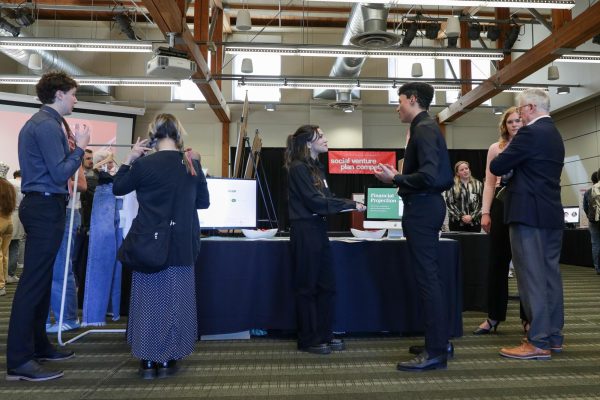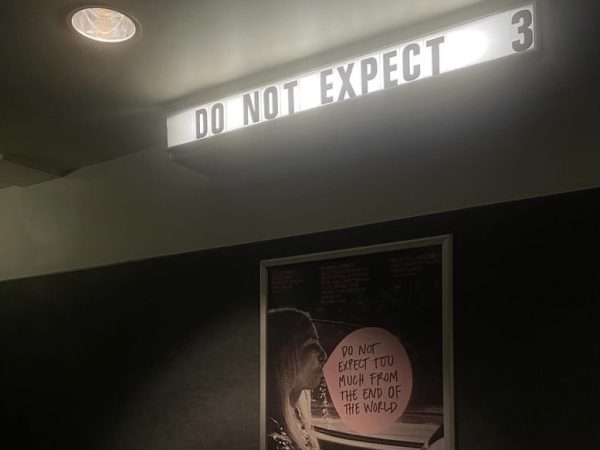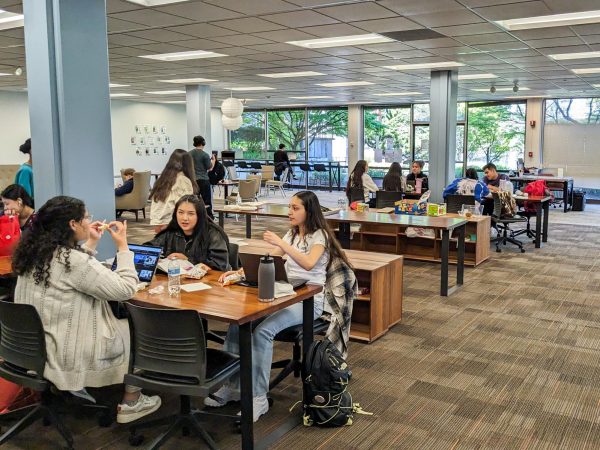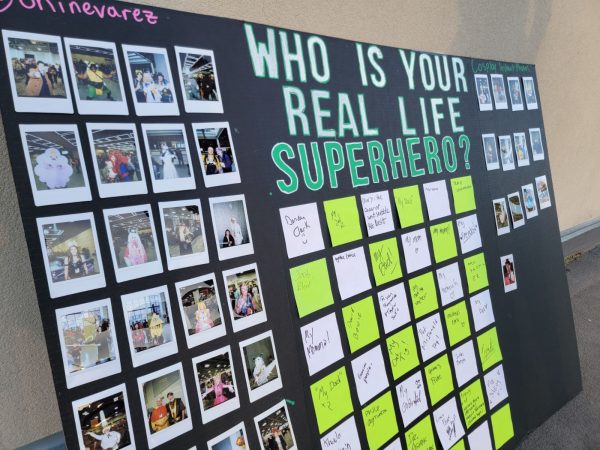Why are we still tolerating plastic?
Environment needs more hospitable materials
January 30, 2020
At the end of 2018, the National Geographic Society reported that of the 8.3 billion metric tons of plastic that has been created, produced and consumed since its introduction in the 1950’s, only a mere 9% of it has ever been recycled.
In turn, an unfathomable amount of plastic bags, iced coffee cups, straws, soda and water bottles, milk jugs, cutlery, pens, razors and millions of other items wind up not being properly disposed of and inevitably enter our oceans, poisoning them and the many animals that live there.
Many sea animals confuse such litter as food. The albatross, for example, mistakes plastic resin pellets for fish eggs and feed them to their children, who in turn die of starvation and put the poisonous chemicals from the plastic into the marine food chain.
Research published in 2015 and highlighted by the National Geographic Society estimates that 8 million metric tons of plastic enter oceans every year.
In 1997, the extremity of this abundance of waste was placed into context when Charles Moore discovered what is known as the Great Pacific Garbage Patch.
While sailing from Hawaii to California, Moore and his crew noticed millions of varying pieces of plastic surrounding their ship in a vortex-like manner. No one knows how much plastic lies within the Great Pacific Garbage Patch, and it is too far away from any one country for any to take action or responsibility.
Moore has said that any country who attempts to clean up the patch would go “bankrupt,” as the Patch is approximately twice the size of Texas. Scientists agree that the only way to help the Great Pacific Garbage Patch disappear is to reduce all plastic output.
Seeing the ubiquity of plastics in daily life is astounding: Starbucks cups, plastic utensils and containers — single use products — will not decompose for 400 years. Yet consumers everyday still use these items with this knowledge.
Despite that, modern culture’s excessive use of plastic is completely beyond our control.
Plastic-producing corporations do so because plastic is cheap and profitable to them. They easily could halt all plastic production and begin the manufacturing of completely biodegradable materials for their products, but actively choose to stay complacent in the act of destroying wildlife and natural resources just so they can continue to sell consumers things.
Successfully convincing the consumer that consumers are to blame for the extreme pollution we see, corporations have begun marketing toward the “eco-conscious” consumer.
MarketWatch estimates that the reusable shopping bag market will grow 6.6% within the next 4 years, and many plastic products now carry a “recycled” label. The term “eco-conscious consumer” in itself is an oxymoron, for as the Great Pacific Garbage Patch proves, there is absolutely no way to consume responsibly in a late capitalistic culture.


